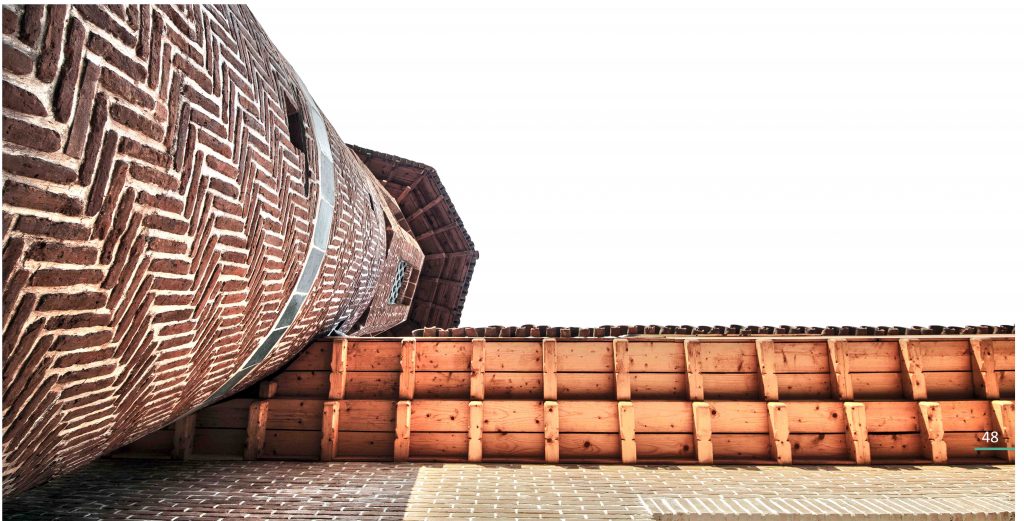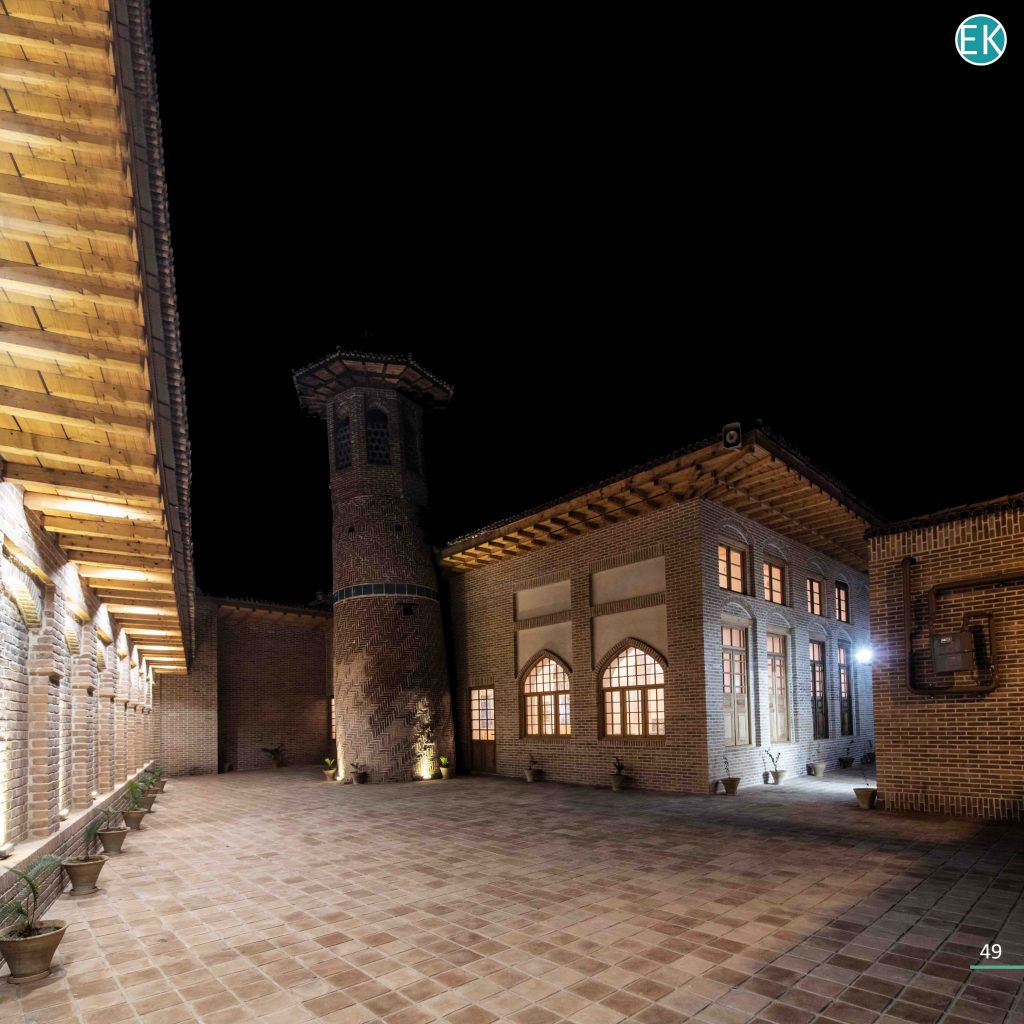
Safi Mosque or White Mosque is one of the oldest mosques in Rasht, which is located near the old market of the city. The date of the original building of this mosque is not exactly clear. Some attribute its construction to Sheikh Safi al-Din Ardabili, and another version considers it the place of martyrdom of Safi al-Din Mirza, the son of Shah Abbas. Archaeological studies show; It was built on a historical cemetery belonging to the Middle Ages of the Islamic period. The original building of the mosque was rebuilt at the beginning of the first Pahlavi period. Among the historical parts of this mosque, we can mention the old minaret, the wall of the altar, the two columns of the main nave, the tiled floor of the nave, the altar and the border of the cornice of the walls.
In 2016, understanding the values of the building and the need to protect the historical and religious heritage of the city, the restoration design of this building was assigned to the Emarat Khorshid consulting engineers. With the designers prioritizing the original structure of the building and freeing up the historical parts as well as meeting the needs of today’s users, the mosque restoration plan was prepared and approved by the country’s cultural heritage experts.

In February 2018, the executive operation of organizing and restoring the Safi Mosque began. Within two years, with the demolition of the contemporary annexed parts and the liberation of the historical structures (and especially the brick minaret of the building), the original structure of the mosque was revealed. In the same period, the walls and load-bearing elements were reinforced using compatible technology and the wooden truss structure was strengthened. By moving the women’s nave to the upper part of the eastern side, it was possible to remove the interventions of the 1990s. On the other hand, by removing the coating from the cement walls of the building, the brick layer of the building was revived and restored in a precise way. Also, in the interior, tilings, plaster decorations, which were placed under plaster and plaster coatings, were cleaned and restored with efficient and principled methods, and their lost parts were fixed with simpler examples. With the completion of the executive operations and equipping the building with new installation systems, the use of the building resumed after two years of dedication in September 2021.

Go to top